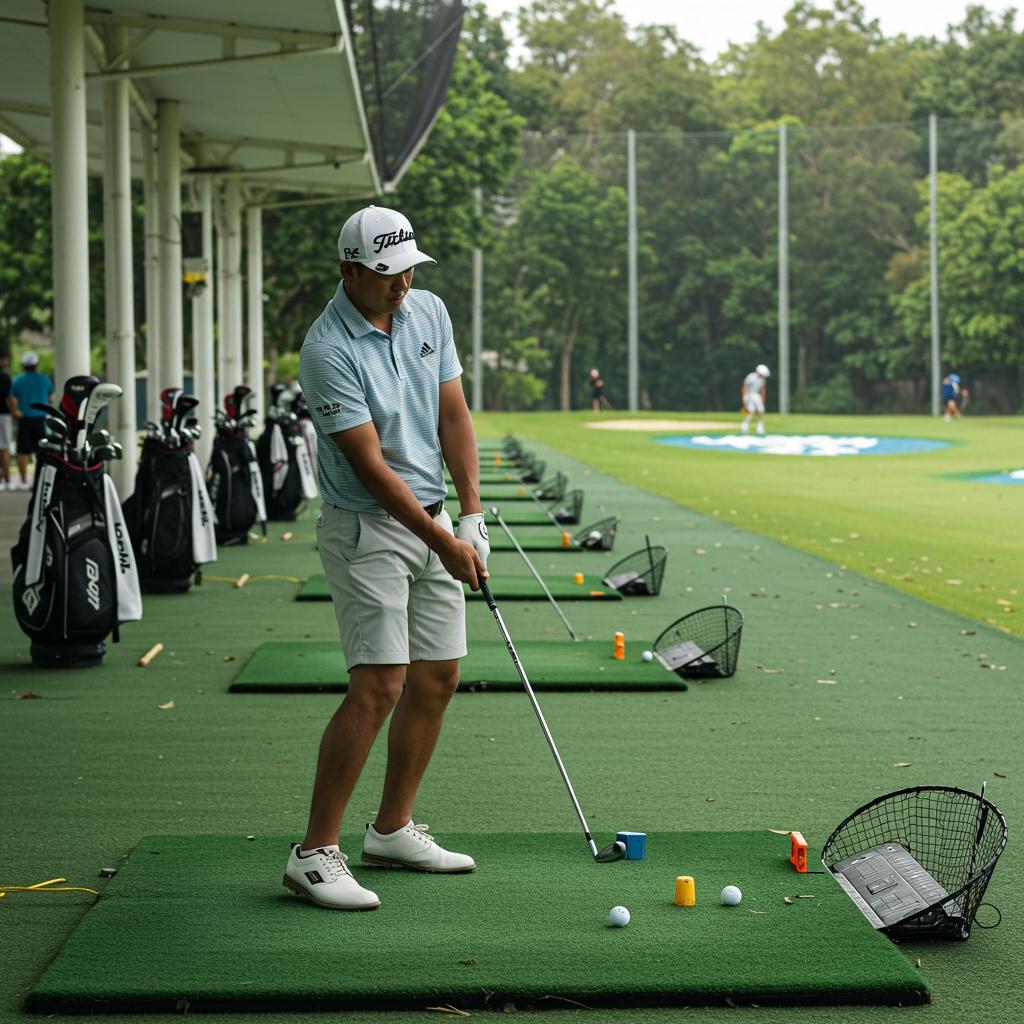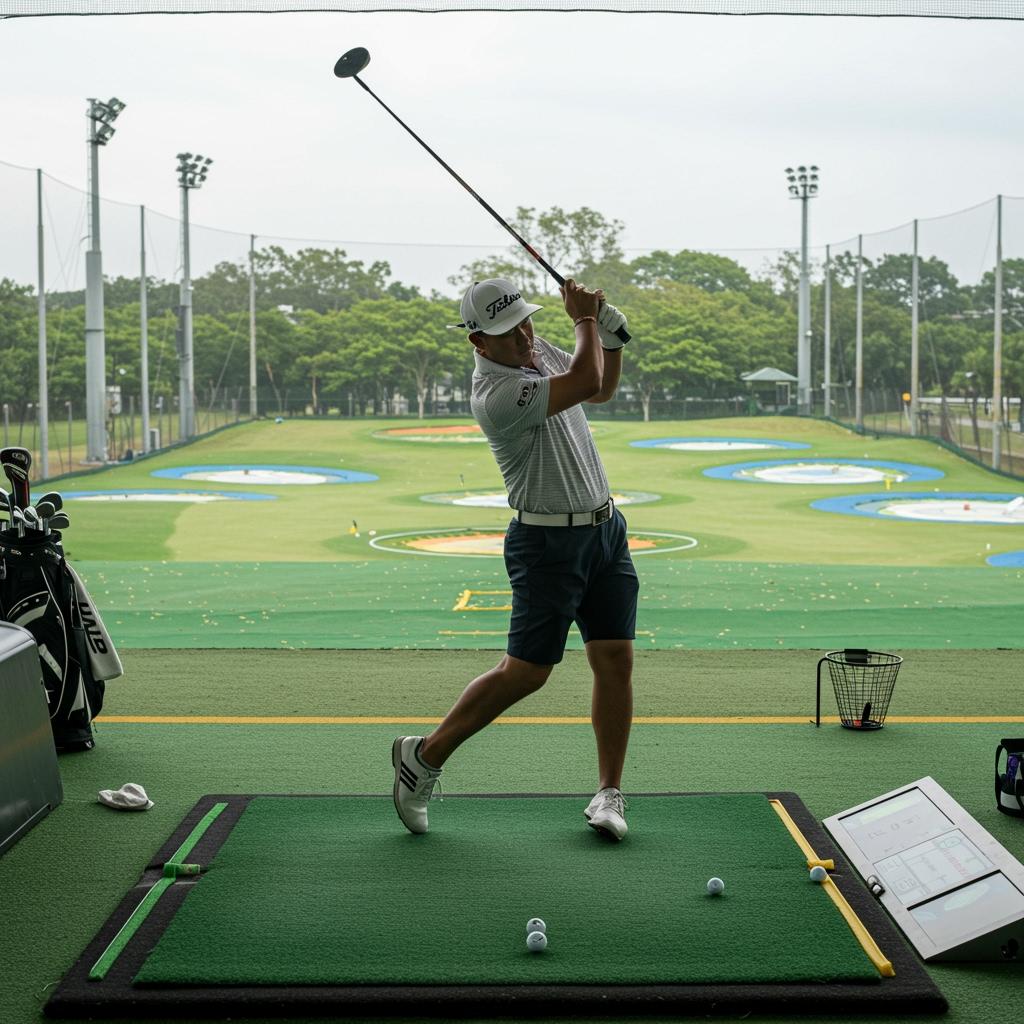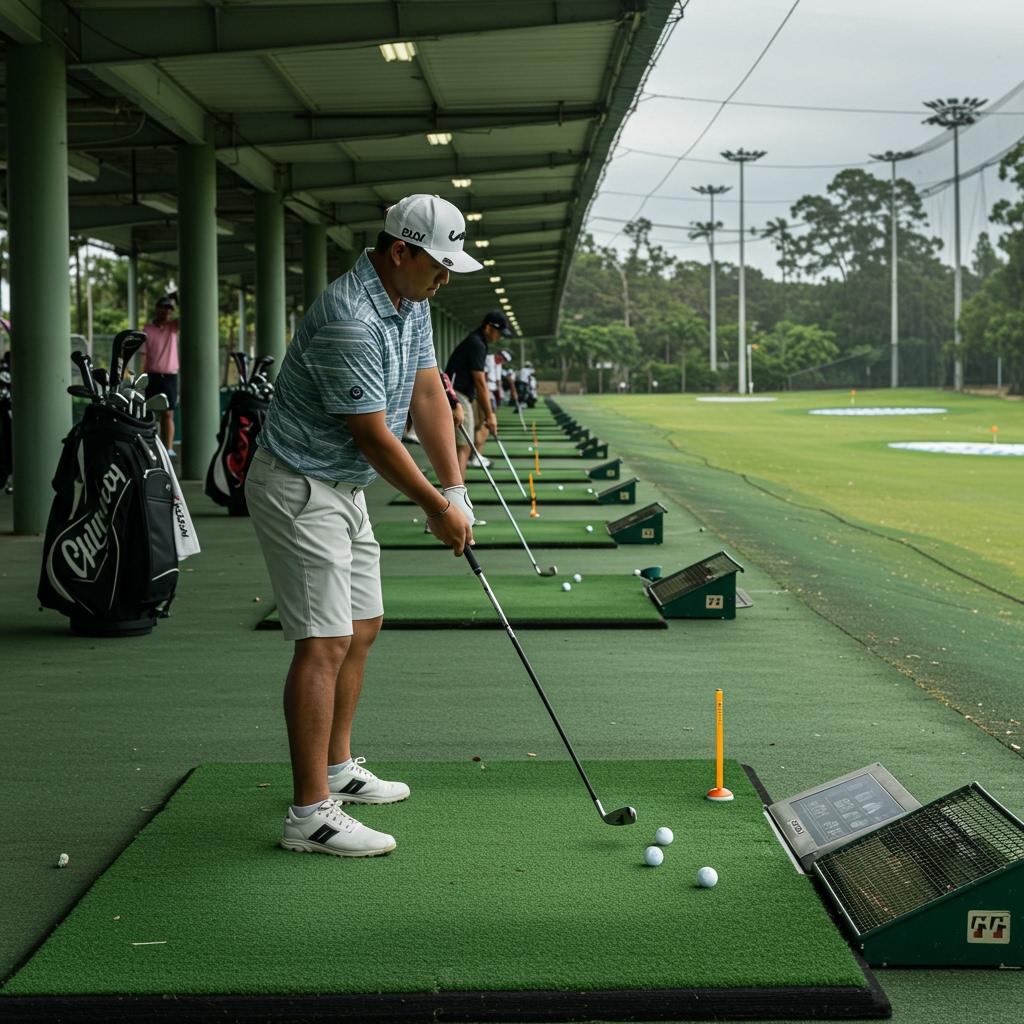Mastering the Driving Range: How to Get the Most Out of Your Practice
Getting the most out of your driving range sessions is key to improving your golf game. Many golfers simply hit balls without a plan, leading to wasted time and minimal improvement. This guide will show you how to structure effective practice sessions for better results.

Setting Clear Goals
Before you even step onto the range, define your goals for the session. Are you working on your driver distance, improving your iron accuracy, or correcting a specific swing flaw? Having a clear objective will help you focus your efforts and track your progress. Write down your goals—it makes them more concrete and achievable. For example, instead of aiming for "better drives," try "increase driver distance by 10 yards" or "reduce slice by 50%." This specificity is crucial for effective practice.

Warm-Up Routine
A proper warm-up is essential to prevent injuries and prepare your body for the activity. Start with some light cardio, like jogging in place or jumping jacks, to increase blood flow. Follow this with dynamic stretches targeting your shoulders, back, and legs. This prepares your muscles for the more strenuous activity of swinging a golf club. Remember to gently swing your clubs, increasing the intensity gradually to avoid strain.

Focusing on Fundamentals
Once warmed up, focus on the fundamental aspects of your swing. Don't just hit balls; work on specific elements like your grip, posture, backswing, downswing, and follow-through. Practice each element individually, paying attention to the feel and consistency of your movements. You can use a mirror to check your posture and swing path. Consider using a video recording to analyze your swing later for a detailed assessment.
Targeted Practice Drills
Incorporate drills to address specific weaknesses in your game. For example, if you struggle with accuracy, practice aiming at specific targets and focusing on your alignment. If you have a slice, try using a stronger grip or adjusting your swing path. Many online resources and golf instruction books offer various drills to help improve different aspects of your game. Experiment with different drills to find what works best for you.
Tracking Your Progress
Keep a record of your practice sessions. Note your goals, the drills you performed, and your results. Tracking your progress will help you identify areas where you're improving and those where you need to focus more effort. You can use a simple notebook or a dedicated golf practice journal. Consider using technology to track data like ball speed, club head speed, and launch angle using apps or devices designed to analyze golf swings.
Vary Your Club Selection
Don't just focus on your driver. Practice with all your clubs, including your wedges and short irons. This helps develop consistency and control across your entire bag. Start with short irons and work your way up to longer clubs, progressively increasing distance and challenging yourself. This approach develops a feel for distance control and club selection, crucial components of lowering your scores.
Cool-Down and Reflection
After your practice session, take time to cool down with some static stretches, holding each stretch for 20-30 seconds. This helps prevent muscle soreness and improve flexibility. Finally, reflect on your session. What did you learn? What went well? What needs improvement? This reflective process reinforces learning and sets the stage for your next practice session.
Conclusion
Efficient driving range practice involves more than just hitting balls. By setting clear goals, warming up properly, focusing on fundamentals, using targeted drills, tracking your progress, varying your club selection, and cooling down effectively, you can maximize your time on the range and see significant improvement in your game. Remember that consistency and patience are key—improving your golf game takes time and effort.
Remember to always prioritize safety and proper form during your practice sessions.
Comments
Post a Comment